When you've got a good one, you just know it. When Universal Nutrition, the company behind Animal Pak, launched Animal Cuts Powder, we knew they had a good one. It had so many ingredients we like to get in on a daily basis that we began using it as a "daily driver" in the stack.
Animal Cuts: Straight to the top in 2021...

Bodybuilding.com's 2021 Weight Loss Product of the Year, Animal Cuts Powder, has a new Strawberry Watermelon flavor!
From carnitine to choline to taurine to tyrosine, boosted by a reasonable amount of caffeine (200mg) and additional metabolic-boosting polyphenols, Animal Cuts Powder is very useful for those trying to cover their metabolic bases. And that doesn't even cover the cortisol and water weight support.
The formula simply feels great.
Turns out, it's selling well too -- Cuts Powder was the 2021 winner of Bodybuilding.com's Weight Loss Product of the Year -- and word is that it's outselling everything in the Animal lineup aside from the legendary Animal Pak!
...and a new Strawberry Watermelon flavor to start 2022
So the team at Animal put together another flavor option -- Strawberry Watermelon -- to keep the Cuts customers coming back for more. So let's get to our flavor review and recap the formula - but first check PricePlow's prices and sign up for our Universal alerts to stay up-to-date with Team Animal's news:
Universal Animal Cuts – Deals and Price Drop Alerts
Get Price Alerts
No spam, no scams.
Disclosure: PricePlow relies on pricing from stores with which we have a business relationship. We work hard to keep pricing current, but you may find a better offer.
Posts are sponsored in part by the retailers and/or brands listed on this page.
Animal Cuts Ingredients
Animal Cuts Powder has 42 servings per tub, and you can use up to two scoops per day. Below, we list just one serving - so there's quite a bit in this tub.
For a full-fledged breakdown, please see our article titled Animal Cuts POWDER: A Fat-Burning Drink for the Athletes at Animal. Below is a quicker synopsis of the popular formula.
Each 5.6 gram scoop of Strawberry Watermelon Animal Cuts Powder gives you the following:
-
Metabolic and Stimulant Complex
-
After reading a new review based upon 100 citations, we are finding fewer and fewer reasons not to take ~2g L-Carnitine each day[6]
L-Carnitine Complex: 1.5g from Acetyl L-Carnitine (750mg) and L-Carnitine Tartrate (750mg)
L-carnitine is our body's "fatty acid shuttle" that takes lipids to the mitochondria to get oxidized and burnt for energy.[1,2] There are numerous studies showing its success for weight loss[3,4] and overall insulin sensitivity and blood sugar response.[5]
Carnitine works incredibly well for athletes (less soreness, better oxygen uptake, more power and blood flow, and better recovery[6]), and is especially useful in those who are deficient.[6-12]
We love this blend because it includes focus-enhancing Acetyl L-Carnitine (ALCAR)[13,14] as well as androgen-receptor boosting L-Carnitine L-Tartrate (LCLT).[15,16]
-
Caffeine - 200mg
Most readers know what caffeine does for them -- the important note here is that we have 200 milligrams of it, so you can adjust your dose as needed - can't do that with Animal Pak Pills!
Caffeine of course provides great energy -- both mental and physical[17] -- and can also reduce appetite and increase your thermal heat output,[17,18] helping the body to expend more energy.[18,19]
Biggest question is if you're going to do one or two scoops throughout the day - and if you're pre workout, you can stack with a stimulant-free pump supplement like Animal Pump.
-
Metabolic Herbal Extract Blend - 150mg
Here's a blend of metabolic boosters to assist with our stimulants:
Green Tea offers multiple powerful catechins, including EGCG. This one may increase fat oxidation, and thus, enhance fat loss!
- Green tea leaf extract is our "metabolic catch-all" that has epigallocatechin gallate (ECGC) and can improve thermogenesis and fatty acid oxidation.[20] It's also synergistic with caffeine[21] - we like that Animal formulated it like mother nature meant.
- Oolong tea leaf extract is another antioxidant-packed tea that can also increase energy expenditure and fat oxidation.[22]
- Black tea leaf extract brings more polyphenols that can regulate body weight.[23] Over time, it also outperforms polyphenol-free drinks that have the same amount of caffeine,[24] which shows that there's something more than caffeine in these teas that help with metabolism!
- Coffee bean extract brings some additional properties in terms of glycemia, insulin sensitivity, lipid profiles, and blood pressure - and we've even seen appetite reduction from it as well.[25]
-
White tea leaf extract boosts lipolytic activity and inhibits adipogenesis (fat cell creation).[26]
- Coleus forskohlii contains a well-known constituent named forskolin that can boost cAMP levels and thereby boost fat oxidation.[27] It's been shown to improve body measurements, lipid profiles, and insulin sensitivity compared to controls.[28]
In general, this blend brings extra polyphenols and antioxidants that support the metabolism, boost energy expenditure, and increase fat oxidation.[29,30] They're often paired with caffeine in nature, so we love seeing them added to caffeine in Animal Cuts Powder as well!
-
-
Nootropic & Thyroid Complex
-
Tyrosine Blend - 1g from N-Acetyl-L-Tyrosine (500mg) and L-Tyrosine (500mg)
Tyrosine is the focus-boosting amino acid that serves as the precursor to dopamine[31,32] and the energetic/lipolytic neurotransmitters norepinephrine, and epinephrine,[33,34] helping with a bit of appetite suppression[35] and staying on task when sleep deprived.[36,37]
Long story short: No iodine or tyrosine, no thyroid hormone synthesis. Get enough iodine and tyrosine in!!
Aside from its cognitive-support,[38] tyrosine is incredibly important for thyroid hormone production,[39,40] critical for metabolic wellness. L-Tyrosine generally outperforms N-Acetyl L-Tyrosine,[41] but Animal decided to ditch the debate and use both!
-
L-Taurine - 1000mg
Taurine is the do-it all conditionally-essential amino acid[42] that helps with cognitive function,[43] endurance,[44], muscle soreness,[45] and lipid metabolism.[42] This is the clinical dose, and we don't always see it in fat burners, but love it for its countless benefits to the mitochondria.[46]
-
Choline Bitartrate - 500mg
Often stacked with tyrosine and carnitine, choline is our body's precursor to acetylcholine, the "learning neurotransmitter" that helps cognition, learning, and motor control,[47] providing more focus and alertness[48] and memory.[49] It also helps with overall cell membrane integrity.[50]
More synergy! If you're low on acetyl groups, your choline may not get to the acetylcholine that you want. ALCAR (Acetyl L-Carnitine) listed above helps with that bottleneck.
At high doses, choline has been shown to improve weight loss,[51] and is very synergistic with carnitine (as it helps improve carnitine retention),[52-54] an ingredient also in Animal Cuts.
-
Phosphatidylserine (SerinAid) - 50mg
Phosphatidylserine (PS) is a phospholipid that's critical to nervous system function.[55] In high doses, it can seriously reduce stress and cortisol,[56] and lower doses have been shown to boost memory.[57] We're here for cortisol reduction, since chronic cortisol and stress are awful for appetite and insulin sensitivity,[58,59] and dieters can put them in high-cortisol states when dropping calories.[60]
This is an ingredient we don't see in many fat burners and love it in part of our "daily driver" stack with Animal Cuts Powder.
-
Huperzine A (Huperzia Serrata Extract) - 100mcg
Huperzine A is here to pair with choline, as it will inhibit the enzyme that breaks acetylcholine down.[61] This leads to better cognition and learning.[62]
-
-
Water Shedding Complex
For years, we've trusted Animal Cuts as one of the most intensely formulated fat burners on the market. And now it comes in powder form, bringing tons of the "daily essentials" and more!
Aside from the bloat, too much water can actually lead to electrolyte imbalance and worse recovery,[63] so it's nice to stay lean with these two.
-
Dandelion Root Powder - 100mg and Uva Ursi Leaf Powder - 100mg
Dandelion root and uva ursi leaf are both act as mild diuretics that relieve the body of excess water, and both have been traditionally used to support the bladder and kidneys.[64,65] They're considered to be safe because they maintain electrolyte levels like potassium,[66] and aren't as strong as most pharmaceuticals - which is what we want in this case.
-
You can also read why we love using Animal Cuts in our daily driver stack, since it provides so many key ingredients, in our article titled Weight Loss Supplement Stack 101: Start Your Day the Animal Cuts Way.
All Animal Cuts Powder flavors available
Over time, we may expect to see more flavors, given how popular this formula has been. Here's a list of all flavors PricePlow has seen:
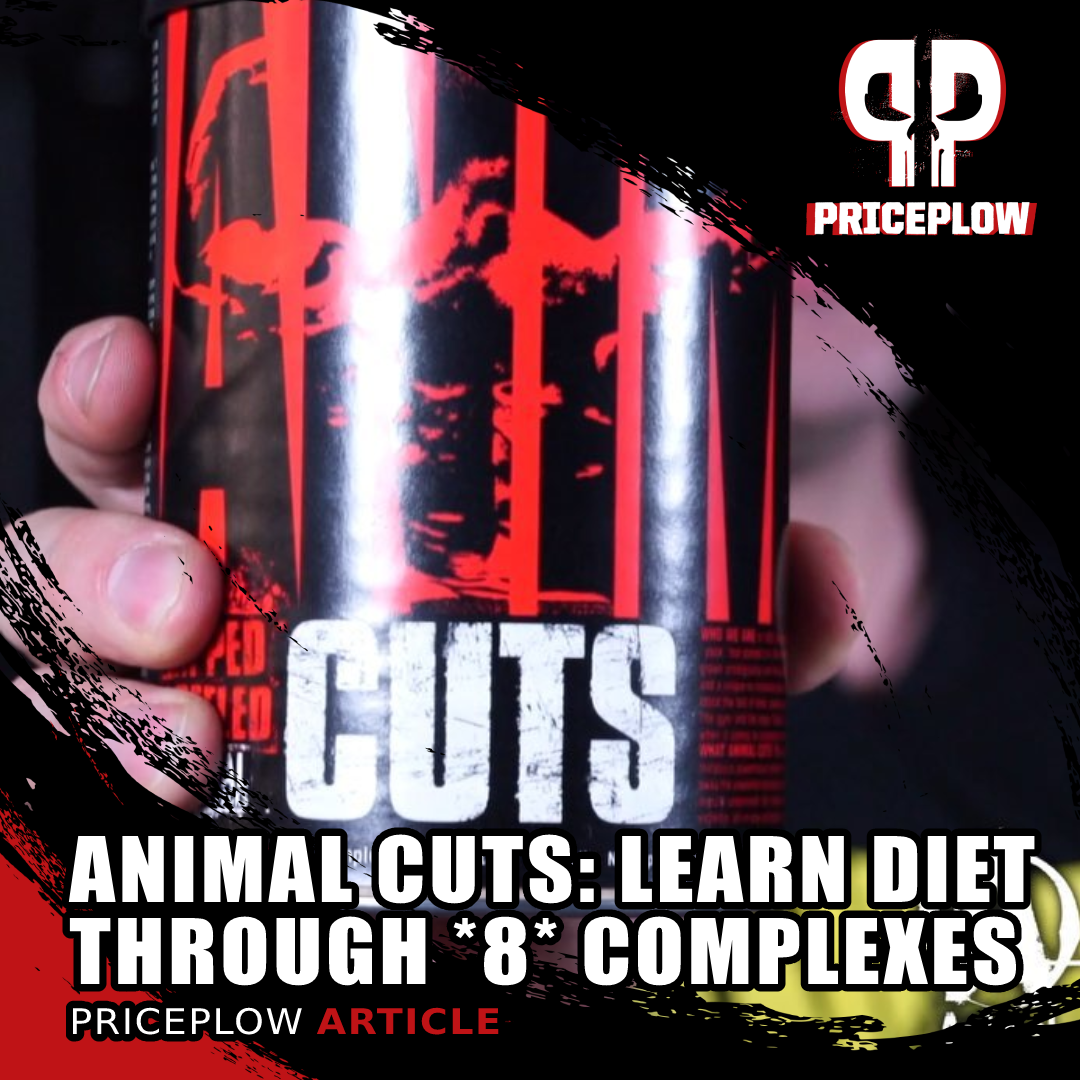
There has never been a fat burner that's given us an opportunity to explore so many metabolic systems
Additionally, if you're not into powdered drinks, you can always try the original Animal Cuts as well - see our article titled Animal Cuts: A Legendary, Comprehensive Shredding Powerhouse to learn more about it.
One Good Turn Deserves Another
Animal Cuts is made by Universal Nutrition, who manufactures their own supplements in New Jersey. We say this because that enables them to act fast - even with the competitive supply chain market that exists today. When they saw the incredible success of Animal Cuts, they knew they'd have to keep the flavors coming.
After all, the formula is great, and the original two flavors are as well, but with so many people using this for daily energy and weight loss support, another flavor was definitely in store. Strawberry watermelon is an underrated combination we don't see enough -- there's only a handful of products that use it, and they're not powdered fat burners -- so it's great to have here.
Will there be a fourth flavor of Cuts Powder by year end? If its success continues -- and it's likely to -- we think there will be. Sign up for alerts to find out.
Universal Animal Cuts – Deals and Price Drop Alerts
Get Price Alerts
No spam, no scams.
Disclosure: PricePlow relies on pricing from stores with which we have a business relationship. We work hard to keep pricing current, but you may find a better offer.
Posts are sponsored in part by the retailers and/or brands listed on this page.
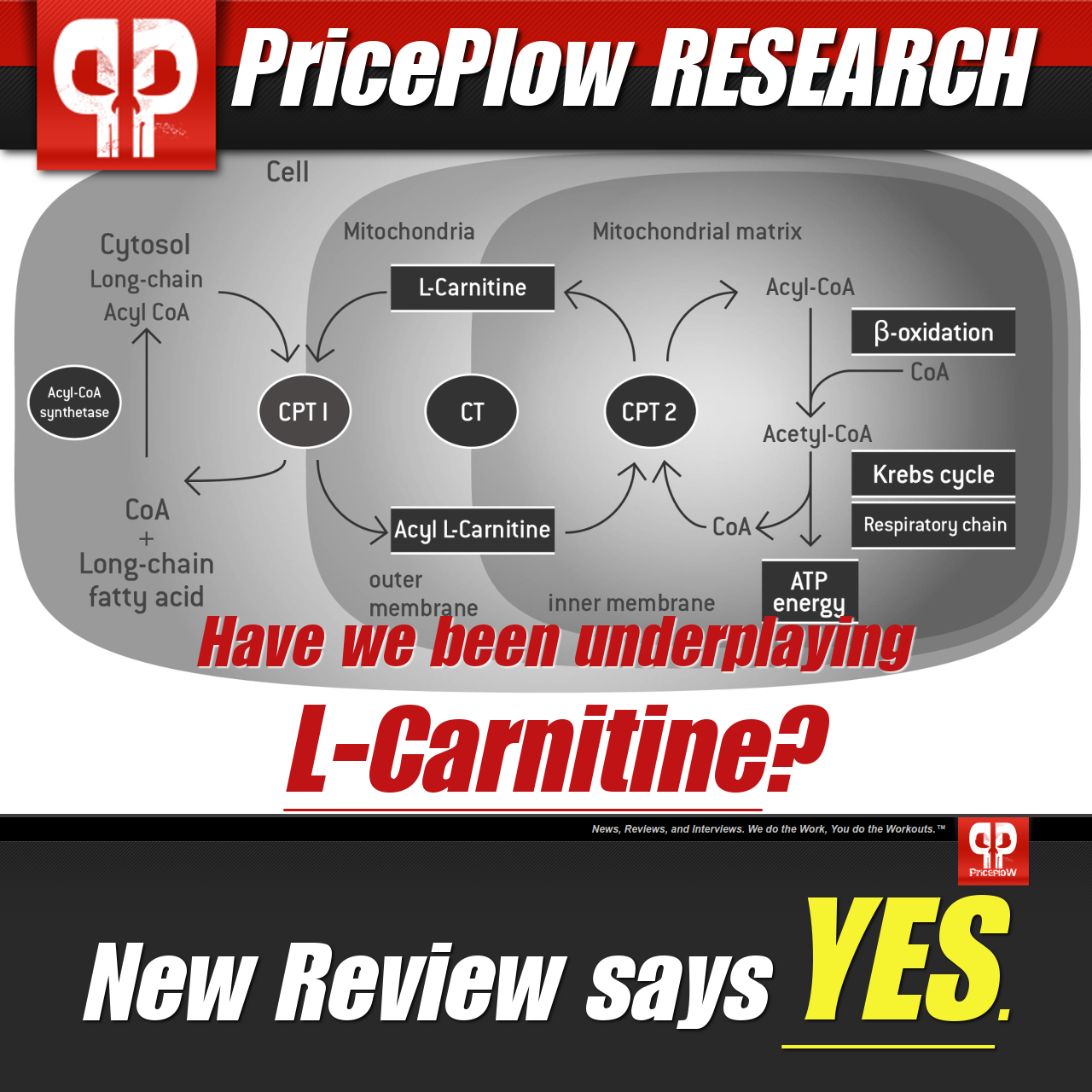
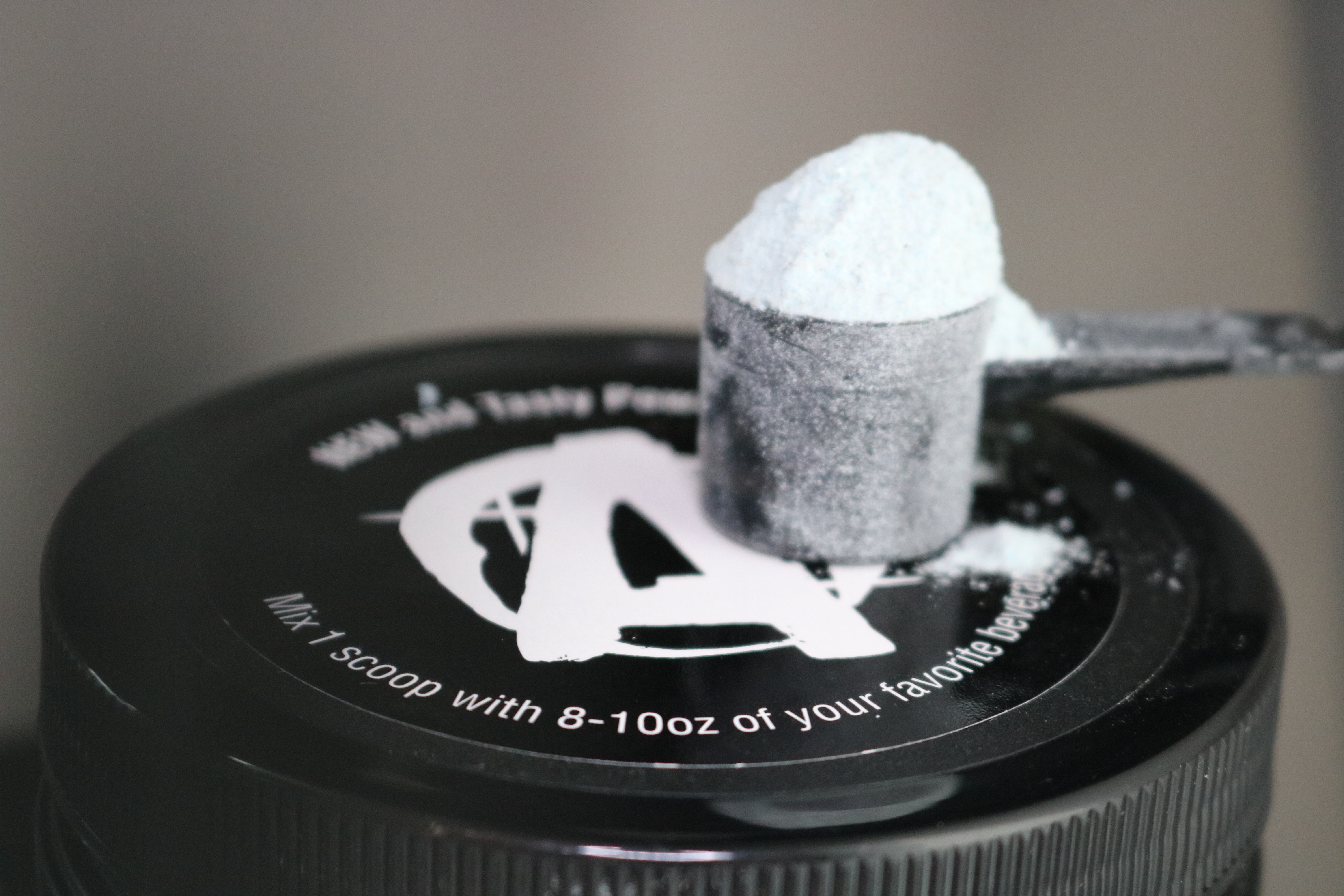
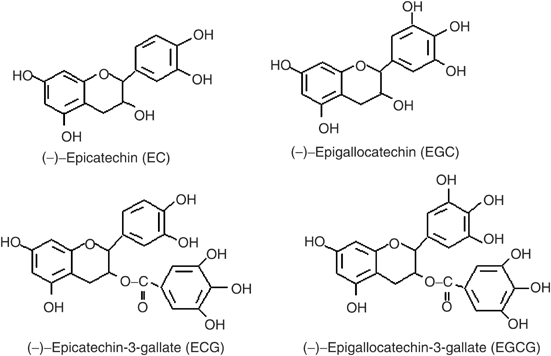

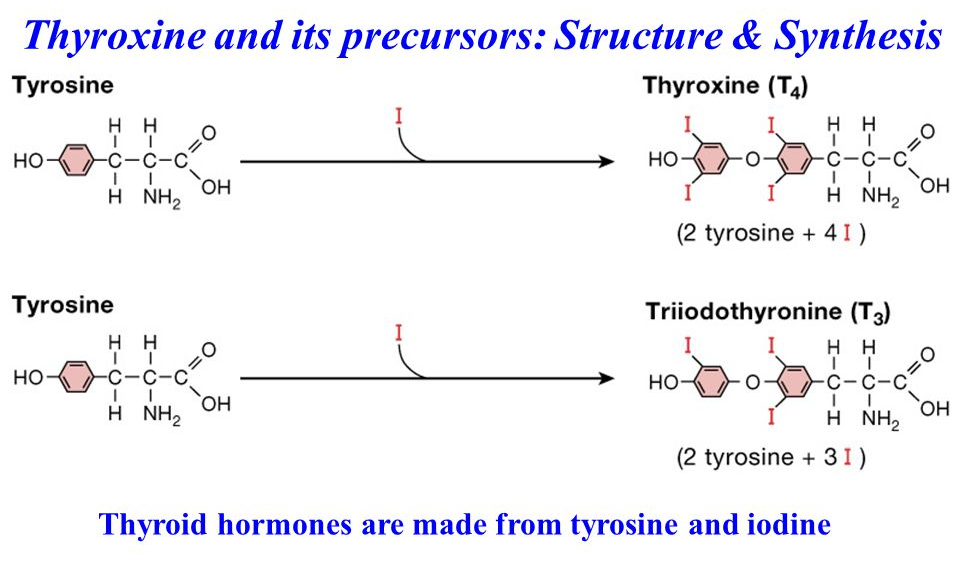
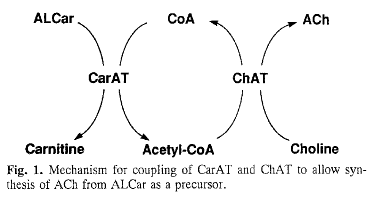



Comments and Discussion (Powered by the PricePlow Forum)